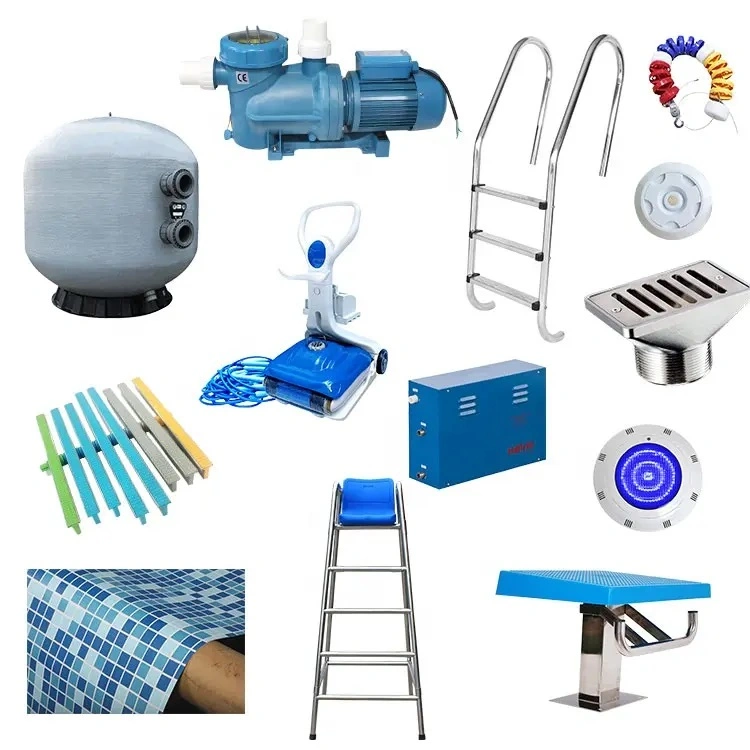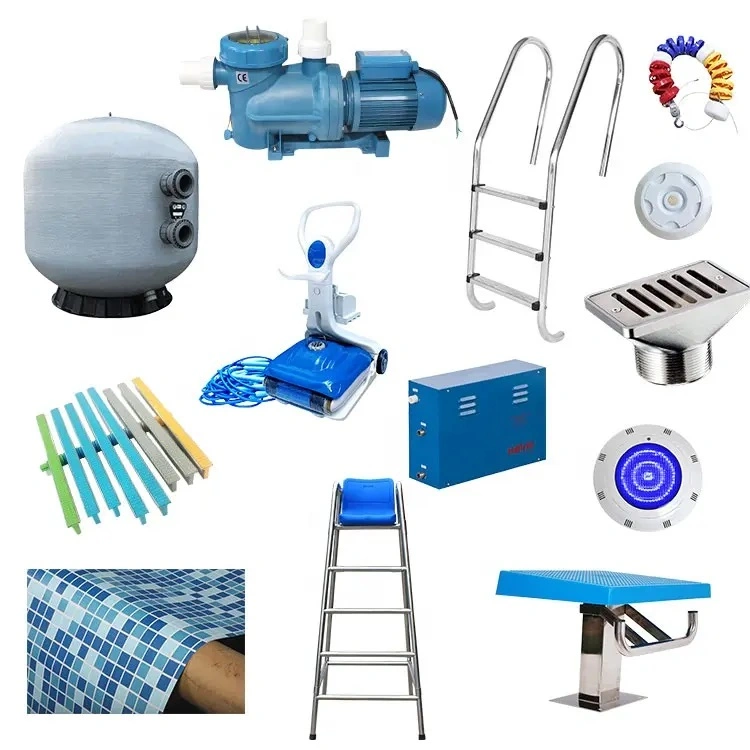# Bevel Seat Fittings: Essential Components for Precision Fluid Control Systems
When it comes to precision fluid control systems, every component plays a critical role in ensuring optimal performance. Among these components, bevel seat fittings stand out as indispensable elements that contribute to the reliability and efficiency of fluid handling systems. These fittings are designed to provide secure, leak-free connections, making them a preferred choice in industries where precision and durability are paramount.
## What Are Bevel Seat Fittings?
Bevel seat fittings are specialized connectors used in fluid control systems to join tubing or piping securely. They feature a unique design where the sealing surface is angled, or beveled, to create a tight seal when compressed against a corresponding surface. This design ensures minimal fluid leakage and enhances the overall integrity of the system. Commonly made from materials like stainless steel, brass, or other high-performance alloys, bevel seat fittings are engineered to withstand high pressures, corrosive environments, and extreme temperatures.
## Key Features and Benefits
The design and functionality of bevel seat fittings offer several advantages:
– **Leak-Free Performance**: The beveled sealing surface ensures a tight, reliable seal, reducing the risk of leaks even under high-pressure conditions.
– **Durability**: Constructed from robust materials, these fittings are resistant to wear, corrosion, and thermal stress, ensuring long-term performance.
– **Versatility**: Bevel seat fittings are compatible with a wide range of tubing materials and sizes, making them suitable for diverse applications.
– **Ease of Installation**: Their straightforward design allows for quick and easy installation, minimizing downtime during system assembly or maintenance.
## Applications of Bevel Seat Fittings
Bevel seat fittings are widely used in industries that demand precision and reliability in fluid control. Some common applications include:
– **Hydraulic Systems**: These fittings are essential in hydraulic systems where high-pressure fluid transfer is required.
– **Pneumatic Systems**: They provide secure connections in pneumatic systems, ensuring efficient air or gas flow.
– **Chemical Processing**: Their resistance to corrosive substances makes them ideal for chemical handling systems.
– **Pharmaceutical and Food Industries**: Bevel seat fittings are used in systems requiring high levels of cleanliness and hygiene.
## Choosing the Right Bevel Seat Fitting
Selecting the appropriate bevel seat fitting for your application requires careful consideration of several factors:
– **Material Compatibility**: Ensure the fitting material is compatible with the fluid being transported and the operating environment.
– **Pressure and Temperature Ratings**: Choose fittings that can withstand the specific pressure and temperature conditions of your system.
– **Size and Configuration**: Match the fitting size and configuration to the tubing or piping used in your system.
– **Certifications and Standards**: Verify that the fittings meet industry standards and certifications for safety and performance.
## Conclusion
Bevel seat fittings are vital components in precision fluid control systems, offering unmatched reliability, durability, and performance. Their unique design and robust construction make them suitable for a wide range of demanding applications. By understanding their features and selecting the right fittings for your needs, you can ensure the efficiency and longevity of your fluid handling systems. Whether in hydraulic, pneumatic, or chemical processing systems, bevel seat fittings continue to play a crucial role in maintaining seamless and leak-free operations.
Keyword: bevel seat fittings










